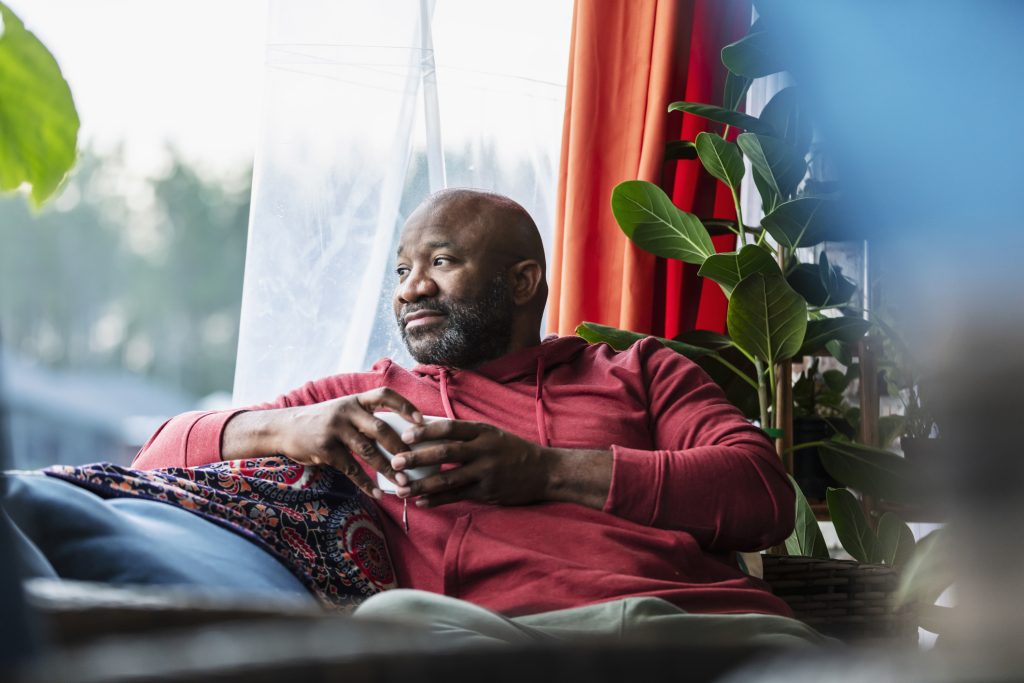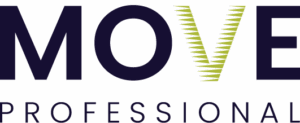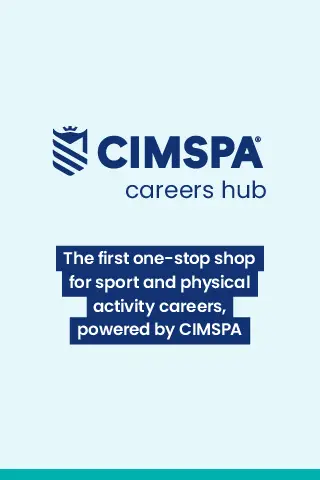Avoiding burnout when you are the business
How small business owners can protect their energy and sustain their passion for helping other

Running your own fitness, exercise or coaching business can be hugely rewarding, but it can also be relentless. When you are the business, it’s easy for the boundaries between work and life to blur.
You care so deeply about your clients’ progress, you want to give them your best, and you probably take pride in being the one they can always rely on.
However, that same dedication can quietly lead to exhaustion and burnout if you’re not careful.
As you gear up for the New Year rush to get more active, we wanted to share some simple, evidence-informed ways to protect your energy so that you can keep doing what you love, for the long term.
Recognise the early signs
Burnout rarely arrives overnight. It usually builds slowly and you can recognise that you might be doing too much through symptoms like constant tiredness (even after you’ve been resting), a loss of enthusiasm for sessions you usually enjoy, feeling irritable, detached or generally overwhelmed, and neglecting your own training, nutrition or recovery.
It’s important to recognise that these signs aren’t personal failings – that they’re signals that something needs adjusting. Being aware of and accepting this is the first step to making small, sustainable changes.
Set clear boundaries and stick to them
When clients can book directly with you, it’s tempting to say “yes” to every request including early mornings, late evenings and weekends. However, you need to be realistic and acknowledge that flexibility has to have limits.
It’s a good idea to set out defined working hours and communicate them clearly to existing and potential clients. That way, they know when they can contact you and when to schedule sessions. Add to that dedicated time for admin plus your own exercise and post-session recovery time when you make yourself non-contactable. It’s also important to avoid checking messages ‘out of hours’ and particularly after a set time each evening, as this will give you much-needed wind-down time.
Most clients will respect your boundaries if you set them out clearly and they will understand that it helps you stay at your best for them.
Build small systems that give you breathing space
A few simple systems can give you quick wins on saving time and ease your mental load:
- Automate bookings, payments and reminders: there is a range of systems available that aren’t too complex or expensive.
- Batch similar tasks like content creation or session programming, creating multiple weeks’ worth at a time.
- Prepare standard messages or onboarding templates to help you manage enquiries and new clients.
- Schedule breaks in your diary as fixed appointments and don’t be tempted to work through them.
These small things can help you feel more in control and less reactive or pressured.

Reconnect with what fuels you
When you’re busy, it’s all too easy to lose sight of your own ‘why’, especially when you’re focused on everyone else’s goals.
Revisit what first drew you into this profession: whether it was helping people feel stronger, healthier, more proficient or more confident.
It’s important that you keep that purpose visible with a note on your wall, a story from a client to remind you, or scheduling time each month to reflect on your own progress. You’ll find that reconnecting with meaning helps to restore your motivation when you’re tired.
Lean on your professional community
Even when you are working with people every day, running your own business can be a lonely place. It’s important to remind yourself that you’re not alone and that every business owner feels stretched at times.
Talk to peers, mentors or your professional body about how you’re managing. Share experiences, because hearing that others face similar challenges can reduce the sense of isolation that often fuels burnout.
If you manage others, create an open culture where wellbeing is discussed just as freely as performance.
Prioritise recovery like your clients do
You already know the value of rest and recovery because you teach it every day as part of your sessions. However, you probably don’t always apply it to yourself, so listen to your own advice!
Remember to take the time to move for pleasure, not just work purposes, so that it doesn’t become a chore to you. Choose an activity that’s removed from what you do for work to give yourself clear delineation and not conflate your personal time with session planning.
Even if your job is based outdoors, try to spend time some of your personal time outside. You perhaps don’t always get the chance to appreciate the environment when you are working, so it’s important to get fresh air when you can relax.
Make sure that you do take holidays, too, even if they are short ones. Ensure that you use them to switch off from work so that you return recharged.
Crucially, take the time to celebrate small wins in both your personal and professional life. They serve as a reminder of the important contributions that you make in both parts of your life
It is important to recognise that self-care isn’t indulgence: it’s professional maintenance. Put your own life vest on first, then you’re best placed to help others.
Protecting your energy protects your impact
Your clients come to you for your expertise, empathy and enthusiasm. By looking after yourself, setting boundaries and creating space to recover, you’re not stepping back from your business, you’re simply ensuring that you and it can keep thriving.
You are the business, and you deserve the same care and attention you give to others.








